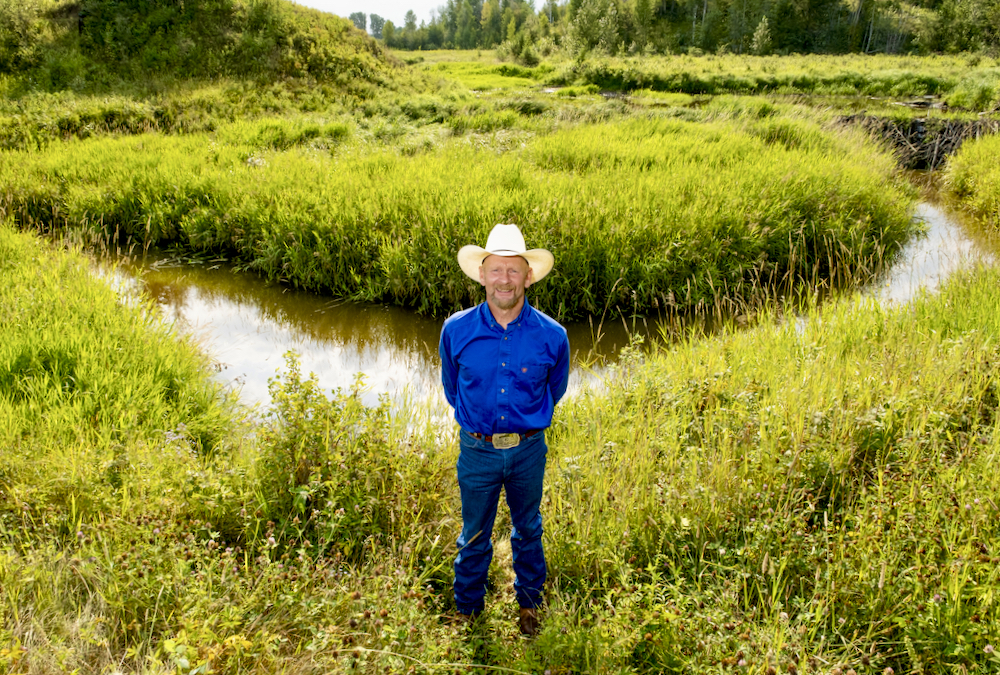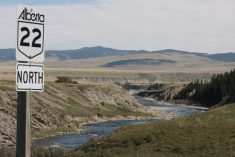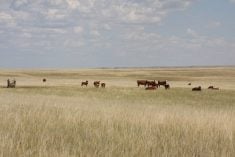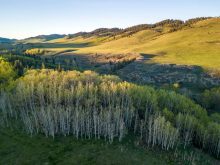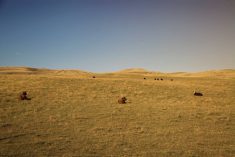[UPDATED: Oct. 28, 2021] When it comes to conservation, Duane Movald looks beyond his farm gate.
“How we manage what we do on the farm is part of the bigger picture,” said the owner of Movald Ranches. “This is a tiny little spot on the Earth, but providing an ecosystem service here helps everyone.
“In a small, small way, I feel we’re doing our part to make the world a better place.”
Movald’s stewardship efforts were recently recognized by ALUS, a national organization focused on the concept that farmers provide ‘eco-services’ and should be supported in their efforts. The Dave Reid Award, which comes with a $10,000 prize, honours “producers who are excellent stewards of the land and who have done innovative work in producing ecosystem services on their land through ALUS.”
Read Also
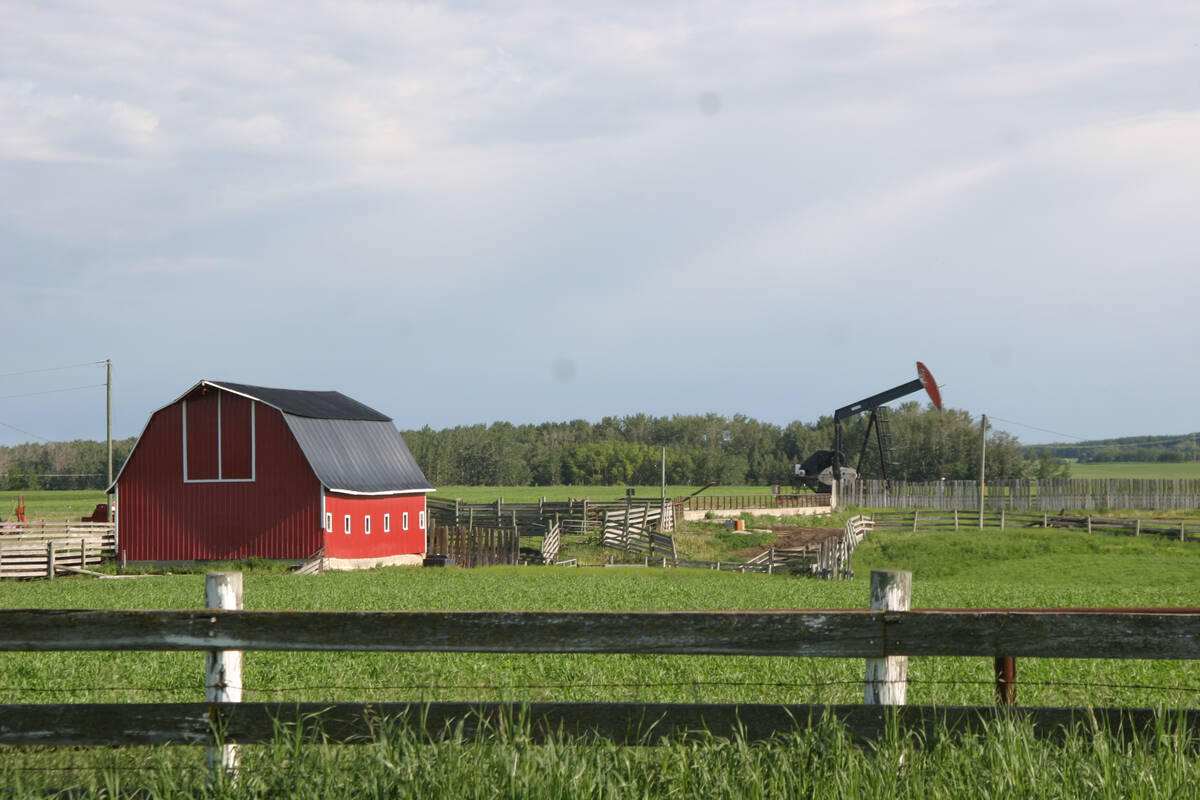
Recommendations in the mature assets strategy could cause potential problems for landholders
The Western Stock Growers’ Association urges producers to pay attention to the potential changes to Alberta’s Mature Assets Strategy.
“Humbling is the best word I can use to describe it,” said Movald. “There are so many people doing so many interesting and great things within the ALUS organization, so to get recognized for that is a pretty humbling experience.”
Movald joined the program, which provides upfront project costs and an ongoing per-acre payment for conservation projects that take land out of production, when it came to Brazeau County in 2016. The organization doesn’t have a rigid list of projects it will fund, rather local ‘partnership advisory’ committees (made up of producers and local leaders) determine what makes sense in their area. Movald, who farms in the Breton area, chaired that committee and became a vocal advocate of the ALUS approach.
“Because he is such a measured guy and a strong leader in his community, Duane has pulled so many incredible stewards into the program,” said Christine Campbell, a manager with ALUS in Western Canada.
“He’s really out there trying to promote best practices, whether it’s through ALUS or not. He’s leading by example and creating so many natural spaces on his land.”
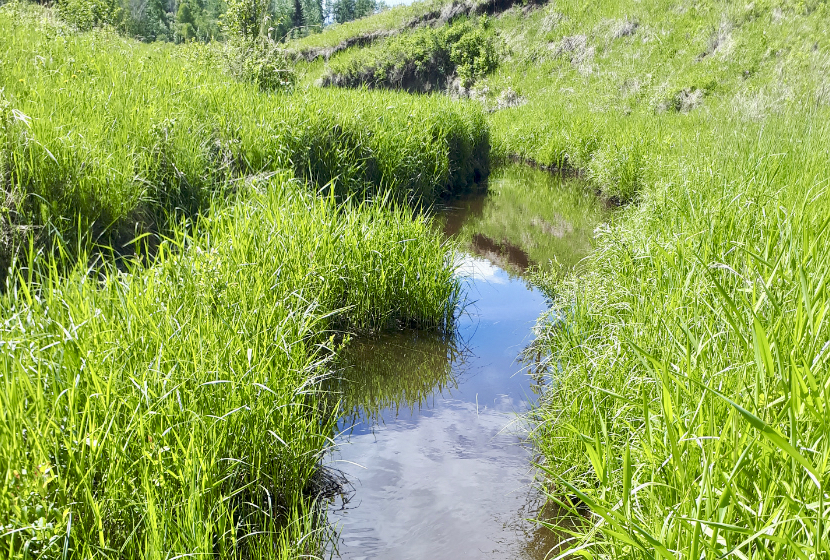
One of those initiatives was a riparian fencing project to improve vegetative growth and biodiversity along the waterway.
“We had temporary electric fencing on it for years, and it was a chore to maintain on the one side,” said Movald. “When I first got involved in ALUS, we talked about what we had done there and how we could make it easier for us. That’s a big part of the ALUS program — working with the landowner to do the things they need to do in a better way.”
That’s the kind of project that appeals to producers
“He put his hands in the dirt and made some riparian management changes that had significant impacts on water quality, carbon, and biodiversity on his farm,” said Bryan Gilvesy, an Ontario cattle producer who is CEO of ALUS. “He’s a wonderful example of leadership — of the type of farmer and rancher we need in the times we’re heading into.”
That’s a reference to the extreme weather that climate scientists say will become the new norm in the coming decades.
Movald saw some of that last year in the fenced-off creek corridor, which is used as a cell paddock for some light grazing.
“It was exactly the opposite of this year. The water in that waterway was substantial — it looked like a little river all the time,” he said. “But when you have way more vegetation along the edge of the waterway, it helps keep the sediment from washing away. We could see that happening.”
Now there are more trees and shrubs growing, reinforcing the banks of the creek and slowing the flow of water.
“I noticed it before, but now that it’s permanently fenced off, I see it filling in more quickly.”
The corridor has also attracted plenty of biodiversity.
“There’s more wildlife,” he said. “It’s a corridor of land that the deer utilize for raising their young, and we see more birds as the hazelnut trees and the saskatoons are growing on the banks.”
ALUS helped with some of the upfront costs of the project and also provides an ongoing per-acre payment for the ecosystem services the land provides.
“I’m getting paid a bit for something that a lot of people are doing anyway,” said Movald.
“It’s an incentive to take a step forward and receive a bit of monetary recognition for doing what you’re doing. Some people just need a little bit of help, and if it’s the per-acre payment that helps, so be it.”
ALUS also provides a network of experts and other farmers who producers can call on for support, he added.
“Instead of taking everything on yourself, you have help and expertise. And all it takes is a phone call to get the ball rolling. When you have help, it takes the pressure off.”
As well, landowners work with ALUS to develop projects that will fit their operations and management practices.
“ALUS is not out here to tell anybody what to do or how to do it. The point of our program is really to show people what can be done on the farm and the benefits it provides, both to nature and to the farm itself,” said Campbell.
“Duane has always been very open to sharing everything he’s learned — his successes, his failures — to make sure other people feel supported and like they can do it too.”
The annual payment recognizes that stewardship work is ongoing, she added.
“Most projects are not just set it and forget it — there’s annual maintenance involved,” she said.
Movald hopes more farmers will check out the program and consider participating.
“I’m involved because I believe in it. It’s a win win for the farm and for society,” he said. “When you can incorporate something like the ALUS program into what you’re doing, you can make things better for future generations.”
Sixteen Alberta counties now have ALUS chapters, the most of any province.
*Update: ALUS Canada was updated to ALUS.

